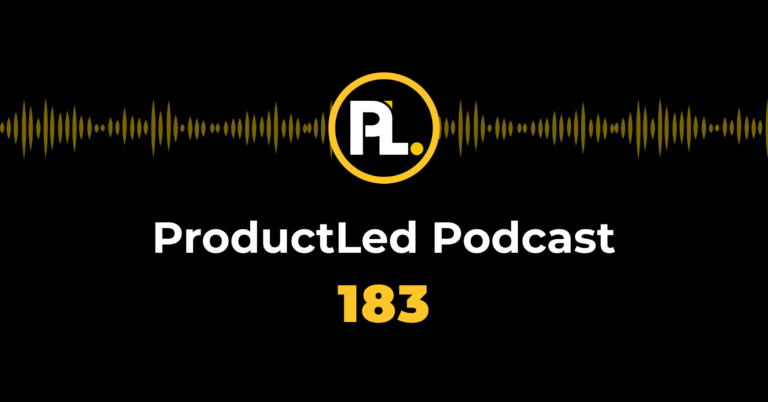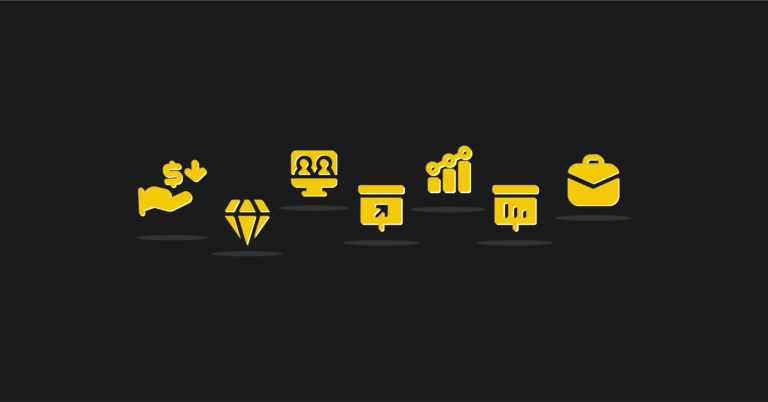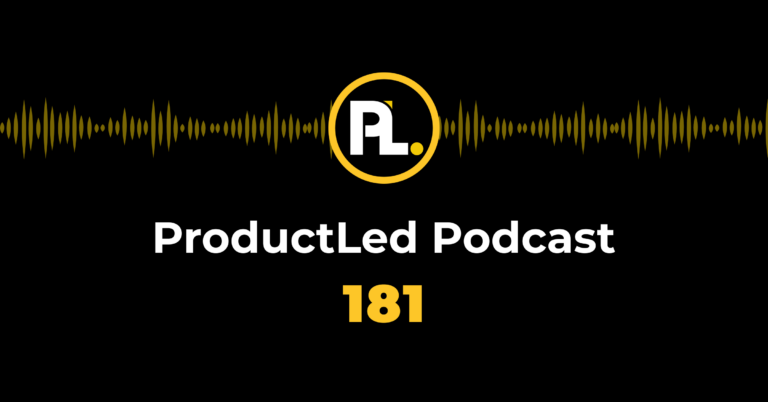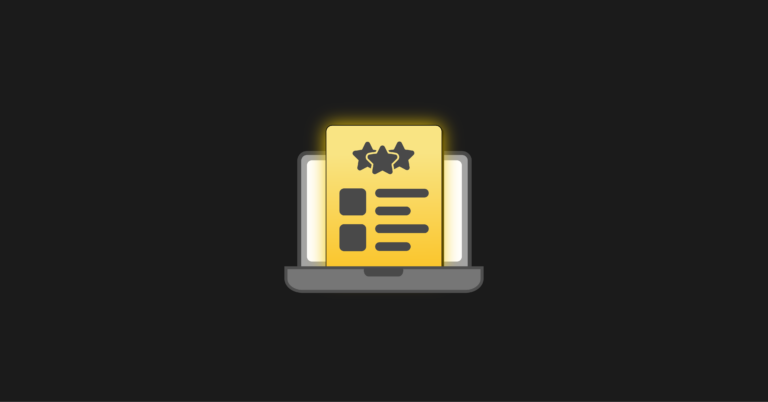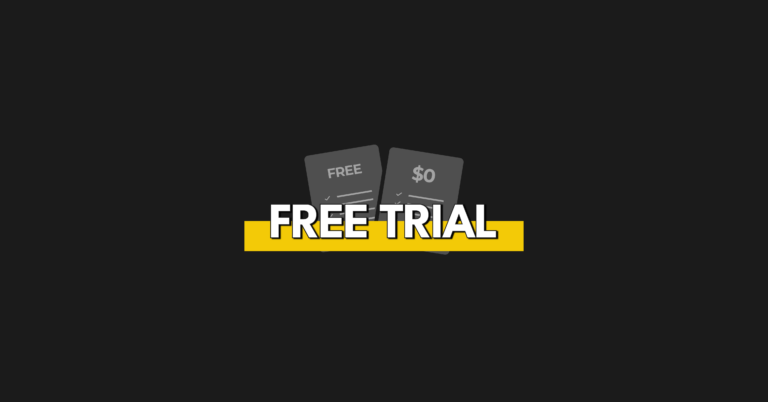Where does enterprise fit into product-led growth (PLG)? Founders cannot just choose a PLG model – it needs to be the right choice for the company’s go-to-market strategy, culture, and consumers.
In this article, we’ll cover:
- Top-Down Sales Vs. Product-Led Growth
- Common Challenges of PLG Companies
- Pre-Product Fit for PLG
- Transitioning to a PLG Model
- Easy to Use and Easy to Learn
- Tips for Founders
Let’s begin by getting on the same page about product-led growth.
Product-Led Growth
Product-led growth is a self-serve product experience that helps you acquire and retain customers.
PLG is not just about the product – it’s a whole company strategy. If a company wants to do a PLG model, then every other function needs to define its core objective – to make users so successful they become customers.
This includes getting consumers’ hands on the product through community, education, or brand marketing.
Sales-Led Vs. Product-Led Growth
Top-down sales enterprises and product-led companies operate differently. Even when you’re in the early stage of building a business, how you think about the product and whether your company is ready to launch is distinct.
During the first year, there may not be anyone hired in sales in a new top-down enterprise. Generally, founders are out there selling the product. Every conversation and pitch meeting is an opportunity to learn and polish their marketing message.
On the other hand, it’s crucial for a product-led company to have a clear strategy for positioning and messaging before going public. There are no salespeople to answer consumer questions directly and provide instructions when a product-led company launches a new product. Vague messaging can result in users not fully understanding the product and sign-ups that don’t activate, complete onboarding, or return to use the product.
Differences between product-led growth and sales-down strategies also apply to customer success for dimension, how product teams are staffed, and more business aspects.
Common Challenges of PLG Companies
Founders should choose product-led growth because it’s the right fit for their company's DNA and what the customer needs, not because they think a PLG model is easier or has fewer challenges.
A company is using a strategy without a product-market fit when their customers don’t want to try a product on their own perhaps for security reasons or because they're not tech-savvy.
The challenges companies face when choosing product-led growth without authenticity (i.e., customers who want to try before they buy) is that their self-serve product doesn't get any adoption. They have a product with a free plan or trial, but no one is signing up for it. When people sign up, they're not seeing them activated, onboarded, and retained.
Overcoming PLG Problems
You can troubleshoot issues in your company’s PLG model with the following three-phase process:
Phase 1: Look at the sign-up issues.
Are the correct type of people aware of your problem and signing up? If that isn’t working, you didn't go through a good enough private beta phase where you could get evangelists to engage with your product.
The importance of a private beta is not just how many people try your product but who is trying it. A PLG company needs someone championing their product. Product-led growth needs a bottom-up audience, unlike a top-down enterprise sale.
Phase 2: Check out user activation issues.
User Activation rate is the number of users who sign up for your product during onboarding. Product-led growth falls apart without Activation.
Here are details of your self-serve product experience to consider:
- Do you have the right onboarding?
- Do you have documentation?
- Do you have the right educational videos?
Phase 3: Address tension issues.
Are people who are activated coming back and using your product? If not, you have a product quality issue. The product fails to give users the “Aha!” moment they need to feel excited, come back, and promote your product.
Pre-Product Market Fit for PLG
Product-market fit is not one moment in time. There are different waves of product-market fit a company may go through when they build a different product or expand to a new industry segment.
Favorable metrics from private betas are a good indicator that your company is ready to do a public product-led growth strategy. Your retention curve is strong when your private beta shows that:
- Your product is spreading like wildfire in their arcs.
- Everyone is coming back to use the product every week.
With these private beta metrics, your PLG company knows they have built a differentiated product that keeps people coming back.
Still, if you’re going for a small and midsize business (SMB) market segment, you might not have pricing figured out. You should get paid private beta customers before transitioning to product-led growth if you're going for an enterprise segment. It’s important to understand pricing before customers try your product independently.
Transitioning to a PLG Model
Imagine a company hitting one million in annual recurring revenue with a top-down motion. How do you know if your company is ready for a product-led strategy?
To begin, consider the first four weeks of your customer’s adoption experience:
- What happens during the very first few weeks of them trying your product?
- Who are the people involved to get the account started and going?
- What features of the product do they use during the first four weeks? Product teams may build several features to help sell the product version, but customers may use only 20% of them.
Answers to these questions will help you figure out what product features customers use. This data will inform your onboarding flow that involves early stakeholders. From this feedback, your company can build a self-serve product experience and is ready to shift to a product-led growth motion.
Your product might be ready for PLG, but what about your company? Here are other internal aspects you may need to address:
- How is your company going to think about customer support?
- How are you going to think about staffing support and success? With a top-down model, you're used to staffing your support and success teams based on each sales quarter.
- How much support do customers need for the first month?
- How much of the heavy lifting can your product do versus white-glove onboarding?
Even if you're only focused on enterprise, you don't have to change pricing necessarily. Many companies are conducting a product-led growth motion with no credit card plan. It's about providing value for the user, helping them see the value on their own, and then engaging with sales for the rest of the motion following your sales-led strategy.
PLG for Complex Products
Many companies have customers willing to try their product on their own, but there are logistical hurdles to experiencing the full product themselves. Creative solutions are key for these companies to work through roadblocks in their PLG strategy.
A Fortune 100 company I worked with didn’t have a customer data platform (CDP); their product team lacked access to data and didn’t know what input to measure. How would this company have their “Aha!” moment without talking to sales? The solution was investing engineering resources into developing a hyperreal dummy data environment.
Think of the simulation created for this Fortune 100 company as a sandbox you can play in where the data is hyperreal, but it's not your company's data. The “Aha!” moment the consumer experienced while using the product on the dummy data is the company easily doing a cohort retention analysis on their own for the first time. The Fortune 100 company didn’t get the full value of identifying a retention problem from their own data. Still, they got the partial value and reached their aha moment of analysis.
Like the Fortune 100 company example, other enterprises with complex products can overcome PLG issues with demo data exploration or other creative solutions.
Easy to Use and Easy to Learn
You can have a great, easy-to-use product that the sales team sells to consumers with a top-down enterprise. However, a PLG company with a great, easy-to-use product also needs to ensure it is easy for its consumers to adopt on their own. The company’s product strategy needs to ensure the customer understands the full value of their new product.
Here are the methods:
- Templates give customers a semi-working version of your product. Especially if your product takes a while to learn, templates are an excellent way for users to build their knowledge of all the features and understand the product’s usefulness.
- With development tools, a company can give their users the documentation, code snippets, and a semi-working example for them to explore. Additionally, there can be videos the consumers can watch if they want to learn more about the product.
For example, Canva Design School.
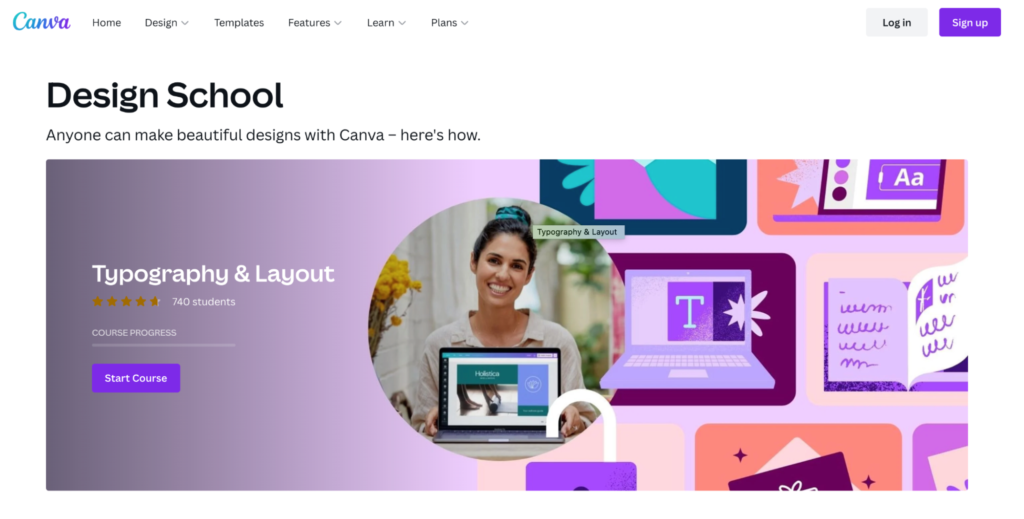
Tips for Founders
My advice for founders is to approach product-led growth as a fundamental choice for their whole startup journey. PLG is not a successful strategy when the entire company isn’t part of the process and works together to troubleshoot product problems. An extension of this company vision is picking investors to collaborate with who understand product-led growth, as opposed to a top-down enterprise sale.
In addition, it’s important to understand that the people you hire early on for leadership significantly impact the way your PLG teams grow and scale. These managers need to help your company achieve the goals you set for adoption versus revenue and the dollars you invest in the self-serve product experience (versus in marketing and demand).
Making the transition from a sales-down enterprise to product-led growth isn’t easy. Ultimately, you need to understand that end-user success will become your company’s success. The more you lean into helping your customer, the more likely the PLG model will work for your business.

